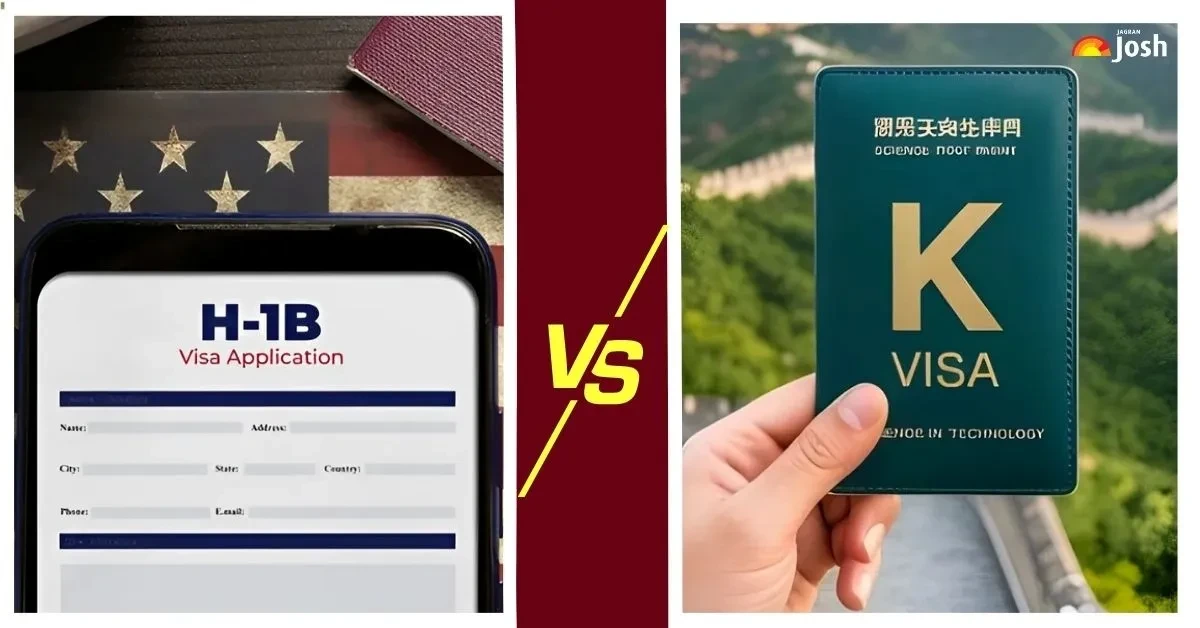From H-1B visa to K visa: The shift of talent from the US to China
China's K Visa is attracting international attention, especially from India, thanks to its flexible mechanism, no need for corporate sponsorship and targeting young talent in STEM fields.
From August 2025, China officially introduced the K visa, a new visa category for international young talents in science, technology, engineering and mathematics (STEM).
Although it was only recently announced, this visa has become a hot topic in the Indian media as it is considered a "counterweight" to the US H-1B visa.

The K Visa is designed with many outstanding advantages: no need for corporate sponsorship, flexible procedures, self-application and completely free. Therefore, it quickly attracted the attention of international technology and academic circles, especially when the US and Europe are tightening immigration policies for foreign workers.
According to information from the Ministry of Justice, Ministry of Foreign Affairs, Ministry of Public Security and the China Immigration Administration, K visas are issued to young foreigners with a bachelor's degree or higher in STEM fields, or who are working or doing research at prestigious institutes and schools. Compared to the R visa (for senior experts) and Z visa (regular work visa), the K visa is much more "open", targeting a generation of potential talents.
Notably, the K visa not only serves the purpose of work but also includes research, teaching, entrepreneurship and cultural exchange. This shows that China is expanding the creative space for international youth, while building the image of a new destination for global intellectuals.
K Visa and the China-US talent competition
India has long relied heavily on the US H-1B visa, which allows engineers and programmers to work temporarily at major technology companies. However, from September 2024, the US sharply increased the H-1B visa application fee to $100,000, causing concern among the Indian diaspora. In this context, China launched the K visa, which Indian media saw as a “new way out” for its large technical workforce.
Analysts say the K visa could attract four main groups of talent: South Asian IT engineers, STEM students and researchers in the Middle East and Africa, Chinese students returning from the West, and global entrepreneurs and “digital nomads.” The flexibility of this visa makes it easier for them to come to China to study, work, or create.
International experts say China's issuance of K visas is part of its strategy to attract high-tech talent, especially in the fields of AI, semiconductors and scientific research.
According to Reuters, “if China can attract just a small portion of global technology talent, its position in key industries will be significantly enhanced.”
Many also believe that the K visa is not only aimed at Indians but also “paves the way for scientists and engineers of Chinese origin” to return.
Between 2010 and 2021, more than 12,000 Chinese-American scientists left the United States to return to China, half of them in just the last four years.
As the US and other Western countries tighten their immigration policies, China is bucking the trend by opening its doors to international youth. In particular, in the context of the increasingly fierce race for artificial intelligence (AI) and semiconductor technology, the K visa is considered a strategic tool to help China attract and retain “potential STEM” talent.
An expert from the Melbourne Institute of Research commented: "The US increasing H-1B visa fees is like making things difficult for itself, while China launched the K visa at the right time."
While the details of the K visa are still being finalized, the policy sends a clear message: China wants to become the new center of global innovation.
The K Visa is not only an immigration tool, but also an invitation to young internationals who are ready to bring their knowledge, creativity and ambition to build the future in Asia's emerging knowledge economy.



